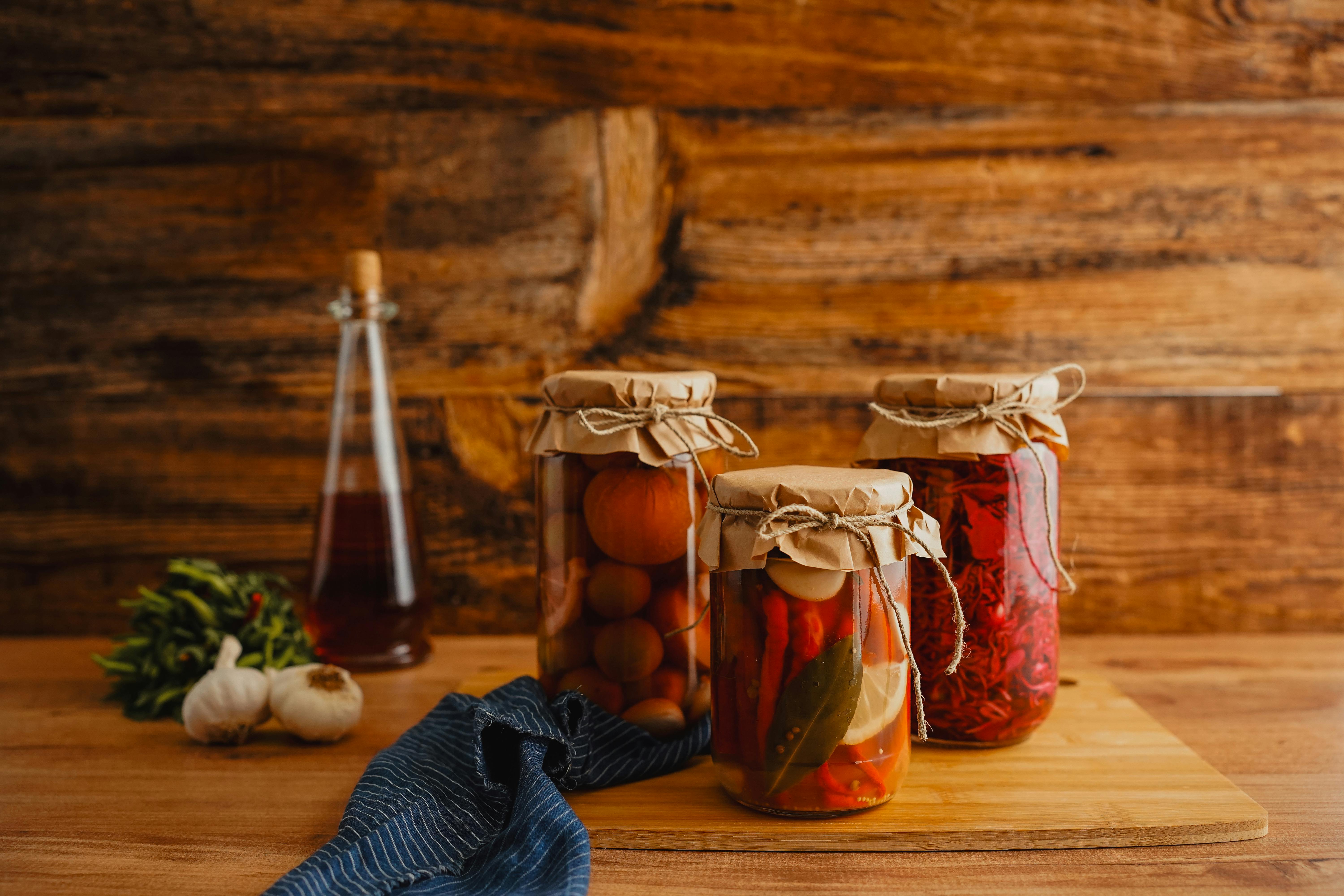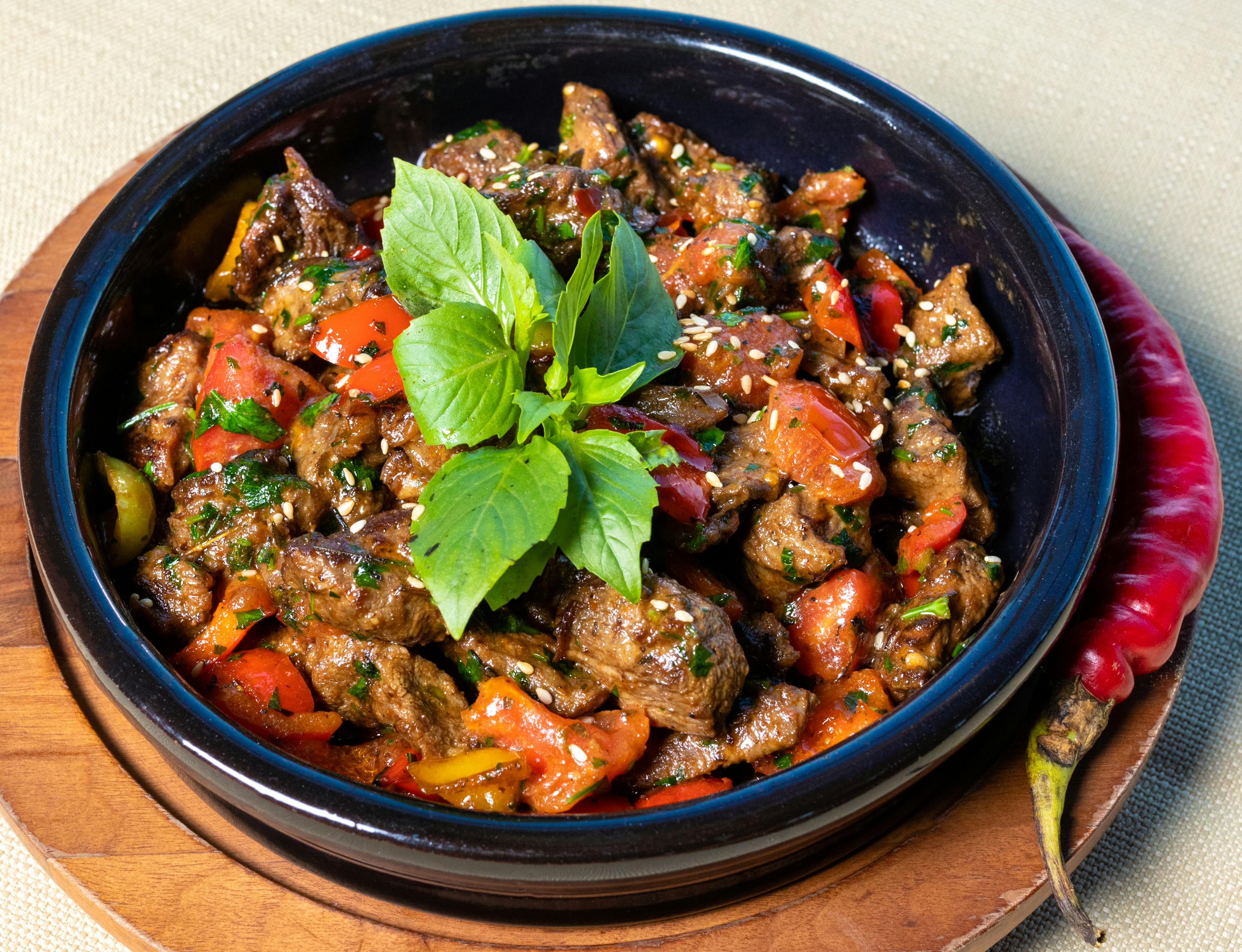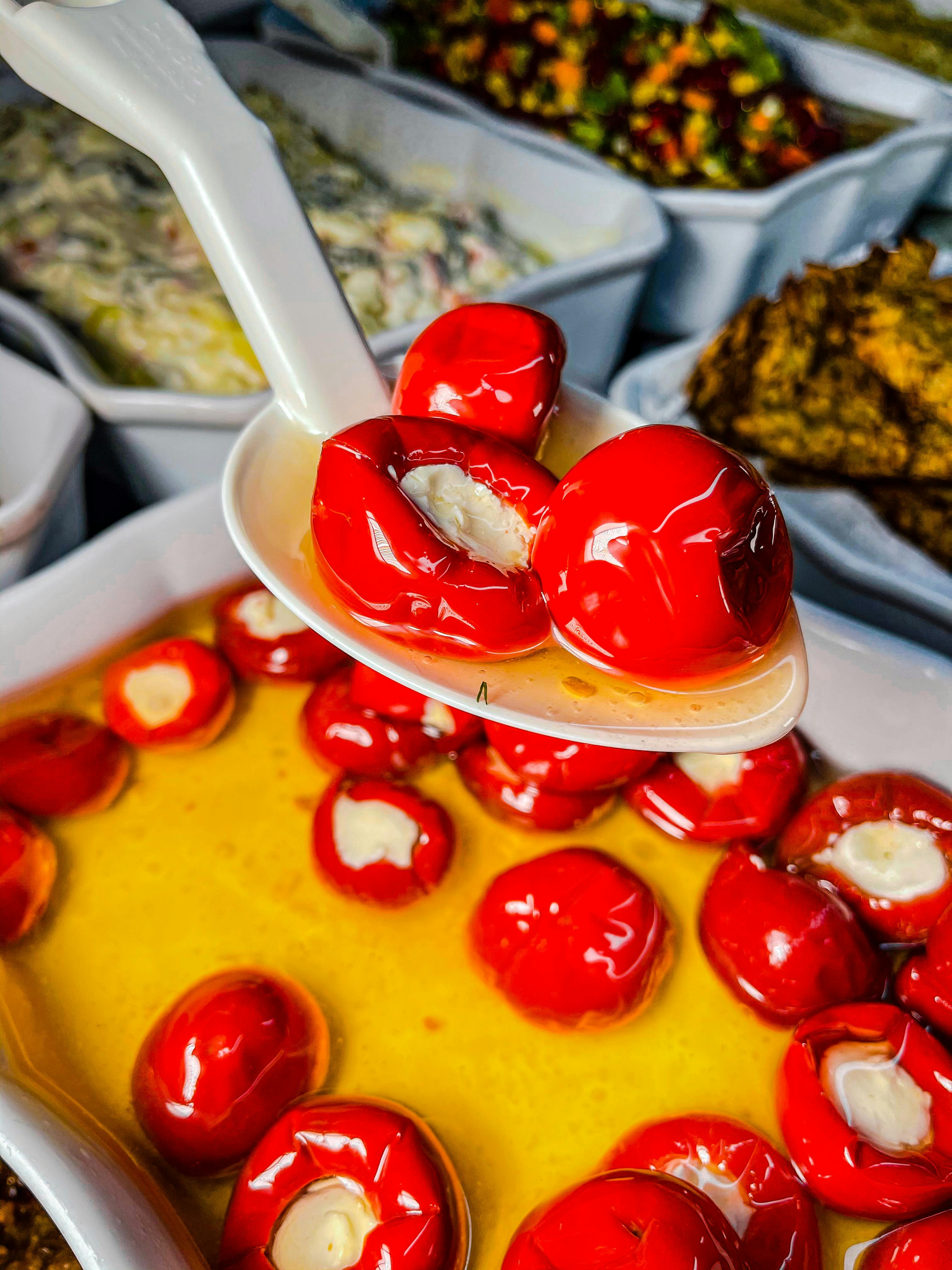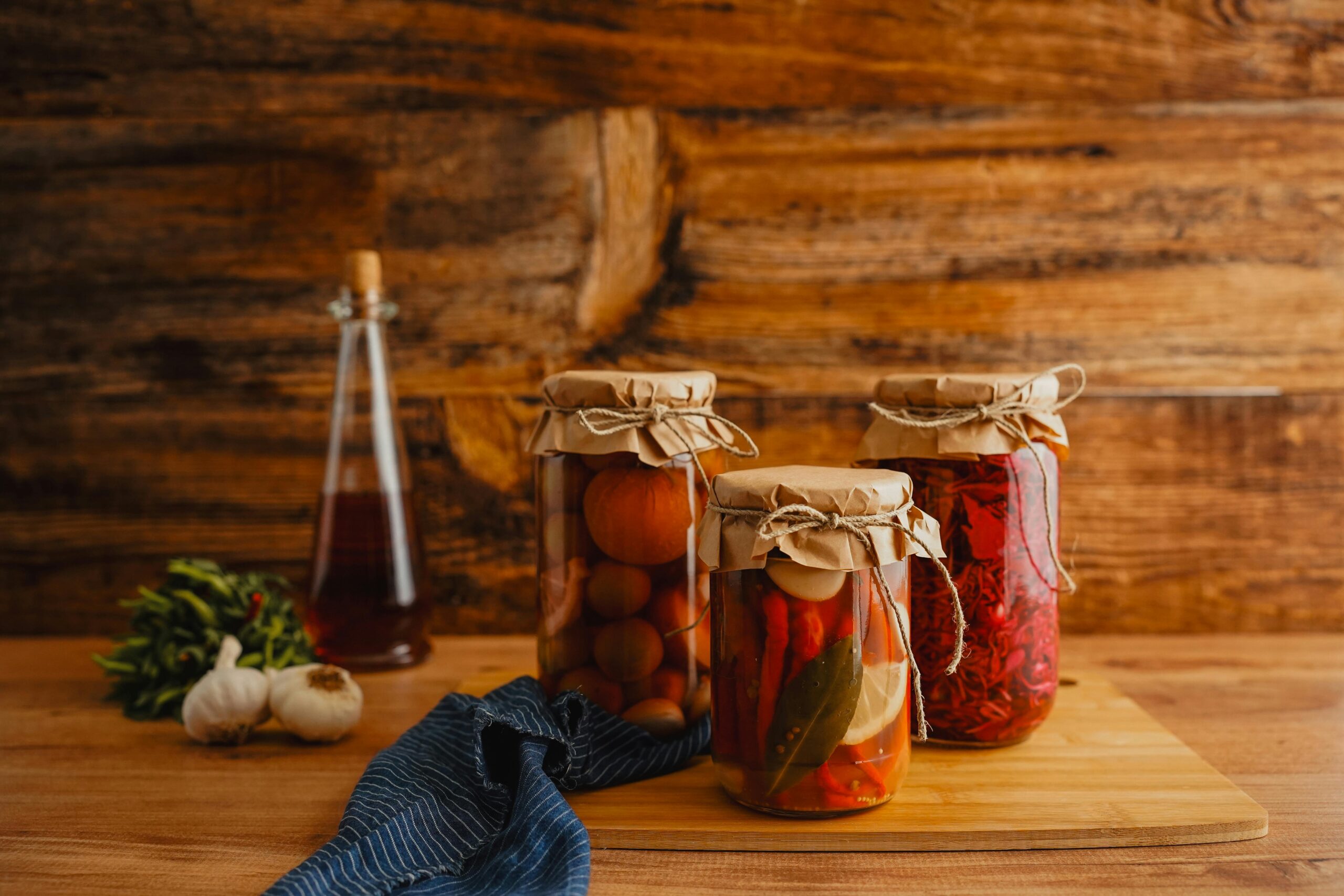Pickled Cherry Pepper Recipe: A Tangy and Flavorful Delight
Pickling cherry peppers is a fantastic way to preserve their tangy flavor and spicy kick. Whether you’re looking to spice up your dishes or create a savory snack, this simple pickled cherry pepper recipe will show you how to master the art of pickling. In this guide, you’ll learn everything you need to know to make these delicious pickles at home—from the ingredients to advanced techniques that take your pickling to the next level.

Understanding the Fundamentals
Pickling is an age-old preservation technique that not only extends the shelf life of vegetables but also enhances their flavors with a tangy, often spicy twist. Cherry peppers, with their fiery yet slightly sweet flavor, are a perfect candidate for pickling. Understanding the key principles behind pickling will ensure you achieve the best results every time.
Pickling involves soaking vegetables in a brine solution, typically made of vinegar, salt, and water. The acidity of vinegar is what preserves the peppers, while the salt enhances the natural flavors. Cherry peppers are small, round, and come in vibrant red, making them an excellent choice for both their flavor and aesthetic appeal in your jars of pickles.
1.1 What You Need to Pickle Cherry Peppers
The process of pickling cherry peppers requires only a few basic ingredients. Here’s what you’ll need:
- Cherry peppers: Choose fresh, firm peppers with no blemishes.
- Vinegar: White vinegar or apple cider vinegar works best for pickling.
- Salt: Non-iodized salt, like pickling or kosher salt, ensures the brine is effective.
- Water: Clean, filtered water is essential for making your brine.
- Optional spices: Garlic, oregano, thyme, and peppercorns are excellent additions.
1.2 The Importance of Vinegar and Salt in Pickling
Vinegar provides the acidic environment that helps preserve the peppers, while salt adds flavor and aids in the extraction of moisture from the peppers. The balance of these ingredients is crucial to ensure your pickles are both tangy and flavorful, without being too salty or too sharp.
In pickling, the quality of vinegar and salt plays a critical role in the final flavor. Experiment with different vinegars and salts to find your perfect balance. For example, using apple cider vinegar can add a slight sweetness to the brine, while white vinegar tends to have a cleaner, sharper taste.
Practical Implementation Guide
Now that you understand the basics of pickling, it’s time to dive into the practical steps. Below, we’ll walk through the process of making your own pickled cherry peppers at home. It’s a simple process that you can easily incorporate into your weekly meal prep!

2.1 Actionable Steps for Pickling Cherry Peppers
- Step 1: Prepare the Peppers: Wash the cherry peppers thoroughly. Cut off the stems and pierce each pepper with a toothpick or skewer to allow the brine to penetrate.
- Step 2: Make the Brine: In a saucepan, combine water, vinegar, salt, and any optional spices you prefer. Bring the mixture to a boil and stir until the salt dissolves. Let the brine cool to room temperature.
- Step 3: Pack the Jars: Sterilize your jars by boiling them or running them through a dishwasher cycle. Once the jars are clean, pack them with the prepared cherry peppers, leaving some space at the top. Pour the cooled brine over the peppers, making sure they are fully submerged.
- Step 4: Seal and Store: Seal the jars tightly with lids and store them in the refrigerator. Let the pickled peppers sit for at least 24 hours before eating. The flavor improves after a few days, and the peppers will keep for several weeks in the fridge.
2.2 Overcoming Challenges in Pickling
While pickling cherry peppers is relatively easy, you may face some common obstacles along the way. Here are a few tips to help you troubleshoot:
- Problem 1: Soft or Mushy Peppers: If your peppers turn soft, it could be due to overcooking during the brining process. To avoid this, use fresh, firm peppers and don’t overheat the brine.
- Problem 2: Too Much Salt: If the pickles taste overly salty, you may have used too much salt in your brine. Adjust the amount of salt based on your taste preferences.
- Problem 3: Lack of Flavor: If your pickles aren’t flavorful enough, try adding more spices like garlic, peppercorns, or mustard seeds. The longer the peppers sit in the brine, the more flavorful they will become.
Advanced Applications
Once you’ve mastered the basic pickled cherry pepper recipe, there are plenty of advanced techniques you can experiment with to enhance the flavor and texture of your pickles. These methods will help you create unique and sophisticated variations of your pickled peppers.

3.1 Adding Extra Flavors to Your Pickled Peppers
One way to elevate your pickled cherry peppers is by infusing them with extra spices. Consider using fresh herbs like rosemary, thyme, or bay leaves. For a more complex flavor profile, try adding chili flakes, cumin, or coriander seeds to the brine. These spices will create a deeper, more aromatic pickle.
To create a sweet and spicy contrast, experiment with adding sugar to your brine. A small amount of sugar can balance out the tanginess of the vinegar and the heat of the peppers, giving your pickles a unique sweet heat flavor.
3.2 Creating Pickled Cherry Pepper Relish
If you’re looking to take your pickled cherry peppers even further, consider turning them into a relish. Simply chop the pickled peppers into smaller pieces and mix them with other ingredients like diced onions, garlic, and vinegar. This tangy relish can be used as a topping for burgers, hot dogs, or sandwiches, adding an exciting burst of flavor.
Future Outlook
As food preservation techniques continue to evolve, pickling remains a popular method, especially in the context of farm-to-table dining and sustainable eating. The growing trend of homemade pickles and fermented foods suggests that pickling will continue to be a cherished culinary practice. With advances in canning technology and new flavor combinations, the future of pickling looks brighter than ever.
In the next 3-5 years, expect to see more innovative pickling recipes, especially for peppers and other vegetables. For anyone passionate about homemade pickles, there are plenty of opportunities to experiment with new methods and flavors in your kitchen.
Conclusion
Pickling cherry peppers is an easy, rewarding way to enjoy these spicy little vegetables all year round. By following this simple recipe, you can create flavorful pickles that will add zest to any dish. Whether you prefer them as a snack or as an accompaniment to meals, pickled cherry peppers are sure to elevate your culinary creations.
Ready to get started? Gather your ingredients and begin your pickling journey today. Don’t forget to experiment with your brine and spices to make the recipe your own. Happy pickling!
Frequently Asked Questions
- Q: How long do pickled cherry peppers last? Pickled cherry peppers can last up to 2 months when stored properly in the refrigerator.
- Q: Can I use any type of vinegar? While white vinegar and apple cider vinegar are most commonly used, you can experiment with other types, like rice vinegar, for unique flavors.
- Q: How much time do I need to wait before eating my pickles? It’s best to wait at least 24 hours for the peppers to pickle, but they improve in flavor after a few days.
- Q: What’s the cost of making pickled cherry peppers? The cost will vary depending on where you live, but expect to spend around $5-$10 for the ingredients to make several jars of pickles.
- Q: Are there any alternatives to using salt in pickling? You can try low-sodium salt or even skip it entirely for a different flavor, though salt is essential for preservation.
- Q: Do I need any special equipment for pickling? While no special equipment is required, a sterilized jar and airtight lids are necessary to ensure the safety and longevity of your pickles.
- Q: Can I pickle other types of peppers? Yes! This recipe works with a variety of peppers, including jalapeños, banana peppers, and bell peppers.
